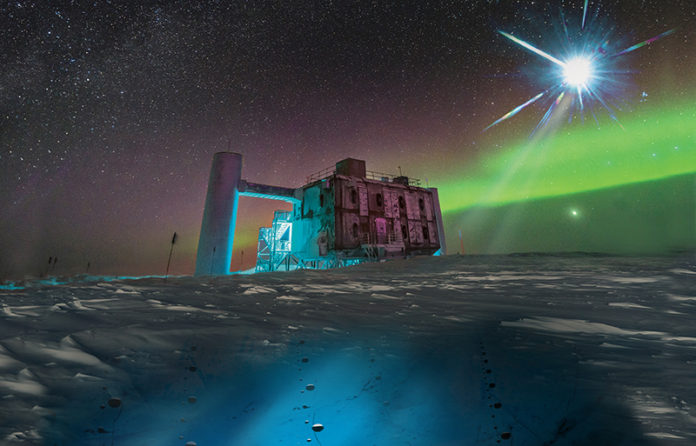Lorentz symmetry is a principle that states how everything in the universe should be assumed symmetrical and that any scientist should apply these same laws to any situation as long as the object in question is moving at a constant speed.
The problem is that the same rules may not apply to everyone, particularly for tiny objects that operate over universe-spanning distances at ridiculously high energies. It is these extreme circumstances that a Lorentz violation may occur in which an undetermined field modifies the behavior of these objects in such a way that Einstein wouldn’t have predicted.
Scientists have long been trying to prove the existence of the Lorentz violation for a long time. But as of yet, there have been no definitive results. One place physicists believe it may exist is in neutrinos, the Universe’s lightest known particles. However, if they were to prove the Lorentz violation exists it would be a completely new law of physics that is unexplainable using Einstein’s theory.
To try and prove this phenomenon does exist in neutrinos, MIT scientists and colleagues put together the IceCube Experiment. This project involved analyzing two years worth of data gathered by the IceCube Neutrino Observatory in search for variations in the neutrinos oscillation patterns.
After careful analysis, there was no such abnormality found among the data, and therefore, they have concluded there is no Lorentz violation in neutrinos. These results were published earlier this month in Nature Physics. They also presented evidence that neutrinos do in fact behave just as predicted by Einstein’s theory.
There are three main varieties (flavors) of neutrinos: electron, muon, and tau. Neutrinos can oscillate their flavor and morph into another. Typically, the way in which a neutrino oscillates depends on how far it’s traveled or its mass. But, if a Lorentz-violating field does exist somewhere, it could communicate with passing neutrinos and affect their oscillations as a result.
As a way of testing if the Lorentz violation could be found in neutrinos data from the IceCube Observatory was gathered and analyzed. The neutrino detector here consists of more than 5,000 light sensors, all of which are attached to strings which are frozen into several boreholes and splayed over a cubic kilometer of ice in the Antarctic.
Neutrinos that stream through Earth and space can interact with the ice in the detector. As it does so, muons are produced. As muons travel through ice, they emit light which produces long tracks ideal for going through the whole detector. With that recorded light on board, scientists can work out the trajectory and estimate the muon’s energy level. With this, they can backtrack to calculate the expected oscillation of the original neutrino.
During the study, the team looked in the highest-energy neutrinos in the search for the Lorentz violation. “Neutrino oscillations are a natural interferometer,” explains Teppei Katori, one of the leaders of the study and a particle physics lecturer at Queen Mary University of London. “Neutrino oscillations observed with IceCube act as the biggest interferometer in the world to look for the tiniest effects such as space-time deficit.”
The team searched through more than 35,000 interactions that traveled in a two year period between the detector and a muon neutrino. If a Lorentz violating field were to exist the researchers assumed it would produce an abnormal pattern of oscillations in the neutrinos, which would become more significant as the energy increased.
In comparing the deviation in the energy spectrum the researchers expected to see with that of the real results IceCube they found no real difference. “We were looking to see if a Lorentz violation caused a deviation, and we didn’t see it,” says Conrad. “This closes the book on the possibility of Lorentz violation for a range of high-energy neutrinos, for a very long time.”
Moving forward, the team is planning to continue searching for the Lorentz violation. Their next move is to look in even higher-energy neutrinos. At the moment, scientists are still a little unsure of how neutrinos behave, including their normal oscillation patterns. Once this has been determined, Conrad and his team will have a much better chance at finding patterns that steer away from the norm.
More News to Read
- The Way in Which Plants Absorb Carbon Affects How They Respond to Climate Change
- Breakthrough in Electron Microscopy Sets World Record for Image Resolution
- Engineers Develop New System for Signaling Out Certain Sounds in Music Videos
- Researchers Develop Synthetic T-Cells That are Almost an Exact Replica of Human T-Cells
- How You Can Make Treasure From Trash

